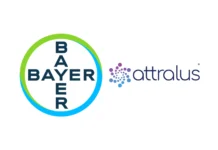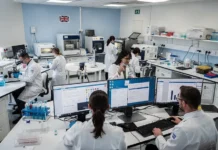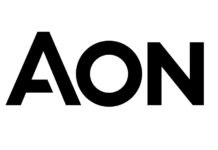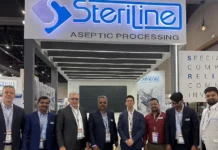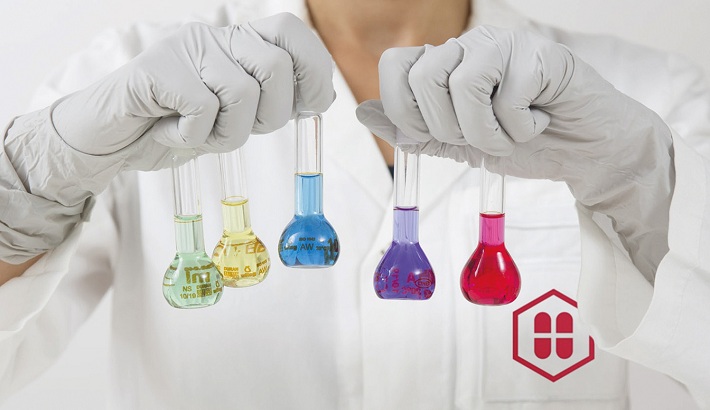The adoption of lifecycle management to ensure the quality of pharmaceutical products has been discussed extensively over recent years.
The modern concept of method lifecycle management (MLCM) provides a framework for defining the criteria and development of analytical methods, aiming to give a more structured alternative to analytical method development.
An enhanced approach
Analytical control is a crucial component for the success of drug development and manufacturing programs, from the earliest discovery phases through to process development and commercialization. Appropriate and effective analytical methods provide both information about the impact of process changes on the quality of pharmaceutical products, and play a vital role in decision-making. Thus, the quality of analytical methods must be assured throughout their lifecycle, including development, validation, transfer, and routine use. Lifecycle management for analytical procedures incorporates the entire process.
When implementing lifecycle management concepts into method development,both contract development and manufacturing organizations (CDMOs)and pharmaceutical manufacturers should understand the three stages of method lifecycle management (MLCM,) which align with current process validation concepts. In doing so they may find faster, more efficient, and less costly development and manufacturing processes.
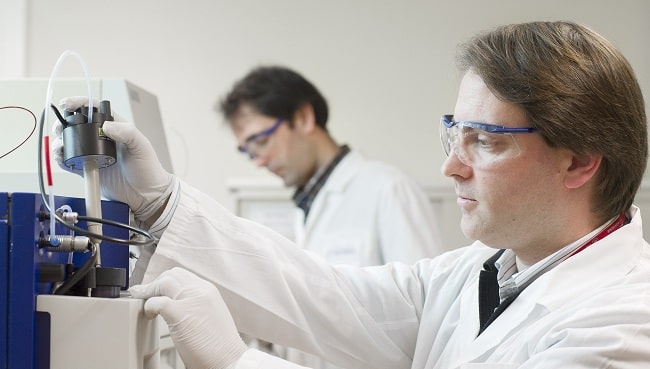
The first stage of MLCM is method design and development, where Analytical Target Profiles (ATPs) are used to drive activities such as method selection, design, and development activities. It is a key parameter that facilitates continuous improvement of analytical methods. The second stage is method performance qualification, which confirms that the analytical procedure is capable of delivering reproducible data which consistently meet the ATP. This stage also considers analytical transfer and implementation of compendial procedures. The third and final stage is continued method performance verification, which ensures that the analytical procedure remains continuously in a state of control.
MLCM according to ICH guidelines
The pharmaceutical regulatory bodies arealso encouraging lifecycle management as they expand and update industry regulations. The United States Pharmacopeia (USP) has published a series of ‘stimuli articles’ that inform a proposed USP General Information Chapter <1220> ‘The Analytical Procedure Lifecycle’[1].The articles examinehow MLCM is described in the International Conference for Harmonization (ICH) guidelines Q8, Q9, and Q10, and how it can be applied to analytical methods. These analytical methods then become part of a continuous verification cycle to demonstrate that they meet the acceptance criteria.In addition, ICH Q12 ‘Pharmaceutical Product Lifecycle Management’ isin draft and ICH Q14 for Analytical Procedure Development/Validation is currently underway[2]. These documents promise to provide additional definitions that will undoubtedly encourage increasing numbers of CDMOs to implement MLCM into their method development.
ICH Q12 and Q14, the latter of which will be dedicated to method development, are expected to be the game-changers that provide confidence to transform current practice. Importantly, the Food and Drug Administration (FDA), and other regulators around the world, are also calling for companies to shift the drug discovery process away from simply collecting data and towards generating knowledge about a potential new drug.
Early adoption of MLCM
Early adoption of MLCMand Analytical Quality by Design (AQbD) methodology is driven by the commitment to bring new and off-patent drugs to market, help in gpharmaceutical companies gain efficiencies and improve the quality of their drug products.CDMOs have applied AQbD, continuous improvement, change management, and lifecycle management approaches in manufacturing operations for many years. It is therefore a logical extension to integrate these lifecycle management concepts into the earlier stages of development too. This new and improved way of method development is proven to be a highly successful strategy, which has compliance benefits for pharmaceutical companies.
Benefits of AQbD
Pharmaceutical AQbD is a systematic approach to drug development which typically begins with predefined objectives and the definition of the ATP, which should state the performance requirements ofthe analytical method. Through the application of prior knowledge and an initial risk assessment, AQbD makes it possible to evaluate and prioritize sources of variability that may affect method performance. It emphasizes product and process understanding, and process control based on sound science and quality risk management.
Managing and mitigating risk is extremely beneficial in the pharmaceutical industry. AQbD helps identify potential issues that may affect method performance in the lifecycle, and eliminates these issues based on the method understanding obtained during the development work. The overall goal is to reduce and control all sources of variability. Risk assessment identifies the parameters that impact the ATP. Once the technique is identified, AQbD focuses on method development and includes detailed assessment of the risks associated with variability such as the analyst, instrument, sample preparation, analytical method parameters, and environmental conditions.
Researchers use the design of experiments as a systematic tool to understand the real impact of each variable. This process results in the definition of a planned set of operational controls referred to as the analytical control strategy, which is designed to reduce and control all sources of variability.
There are a number of other key advantages offered by the implementation of AQbD, including increased efficient development of a more robust method, and greater regulatory flexibility. The latter is because results that fall within the well-defined design space are not considered to be changes in the method.
Typically,companies such as CDMOs that transfer methods frequently – from customers, to customers, or to other locations –find that this methodology helps to take a structured approach to analytical method development.
Furthermore, because there is a greater understanding of these methods, the number of failures and transfer issues that occur over the lifecycle of the method are often reduced. In method development,AQbD helps to inform which decisions fit the method’s purpose and increases awareness of the risks to overcome. It also puts companies in a better position for solving and preventing problems in the future.
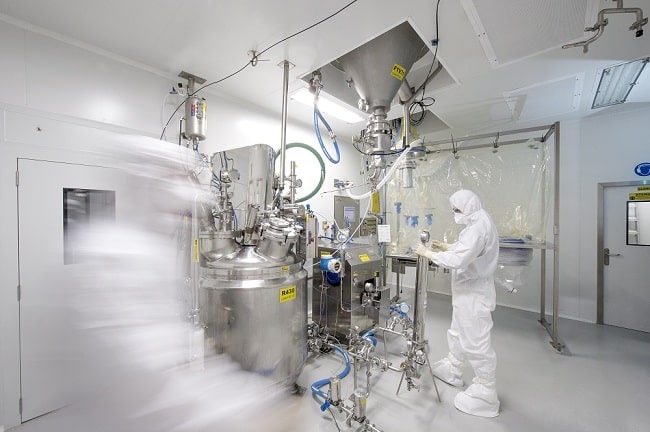
For commercial processes, the high quality of the data provided by AQbD methods may allow for more timely data release, reduced regulatory risk, and lower costs. It contributes to all aspects of MLCM. The more we understand the impact that changes in method parameters have on the analytical results, the fewer the failures.
Investment in instrumentation
Choosing the right scientific instruments is an integral step in lifecycle management as it can enable companies to increase screening efficiency, shorten the drug development process, and meet milestone objectives. Due to rapid technological change, many companies have to contend with aging instrumentation that is not compatible with other equipment, threatening data throughput and other measures of project productivity.
Standardization of instrumentation across multiple locations supports a proactive approach to MLCM. It is crucial to acquire the best in analytical instrumentation, with accuracy, precision, and reliability being the key performance parameters that are assessed. Advanced technology, such as ultra-performance liquid chromatography (UPLC) and mass spectrometry detectors, as well as sophisticated chromatography data software, are integral to the early adoption of MLCM methodology [3].
Software that can be used across multiple sites to improve information management, storage and data mining capabilities is essential.The combination of this instrumentation and AQbD is a powerful strategy for method development that leads to better, faster, greener analytical methods, as well as reducing costs and enabling resource optimization.
The future of MLCM
The adoption of MLCM is a big change for the industry, and it will not happen overnight. It takes time to introduce these concepts and it is clearly a different way of approaching method development.
However, the interest in MLCM and AQbD methodologies continues to grow and we should expect that firm regulatory guidelines will be in place in the next two to three years. If the pharmaceutical industry continues to build more knowledge into analytical methods, it can use this information to improve their methods and make changes, potentially with regulatory flexibility.With that in mind, in around five to ten years, we will see a more standardized industry, driven by a more holistic approach to method management that aligns with regulatory guidelines.
A case study discussing the partnership between Hovione and Waters is available to download at: http://www.waters.com/waters/library.htm?cid=511436&lid=135008617&locale=en_GB
And for additional MLCM-related content, please visit methods.waters.com
References
[1] Proposed new USP General Chapter: The Analytical Procedure Lifecycle {1220},USP Validation and Verification Expert Panel: Gregory P Martin, MS (Chair); Kimber L
Barnett, PhD; Christopher Burgess, PhD; Paul D Curry, PhD; Joachim Ermer, PhD;
Gyongyi S Gratzl, PhD; John P Hammond; Joerg Herrmann, PhD; Elisabeth Kovacs;
David J LeBlond, PhD; Rosario LoBrutto, PhD; Anne K McCasland-Keller, PhD; Pauline L
McGregor, PhD; Phil Nethercote, PhD; Allen C Templeton, PhD; David P Thomas, PhD;
ML Jane Weitzel; Horacio Pappa, PhD, 17 October 2016
[2] International Conference on Harmonization of Technical Requirements for Registration of Pharmaceuticals for Human Use. Final Business Plan; Q12 Technical and Regulatory Considerations for Pharmaceutical Product Lifecycle Management, 28 July 2014
[3] Analytical Procedure (Method) Lifecycle Management Drives Method Development at Innovative CDMO. Waters Corporation, January 2019 (http://www.waters.com/webassets/cms/library/docs/720006514en.pdf)



